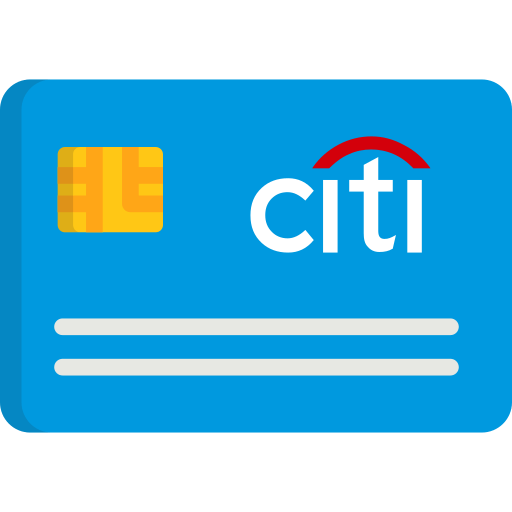Control accounts are clean entries that match overall amounts in more detailed ledgers. Firstly, in the subsidiary ledger, you will maintain separate records of each customer and supplier (cash outflows and cash inflows). By doing this, you can track the record of every customer; their opening and ending balances as well as how much you owe or have to pay. Secondly, then you will make a control account in which you put the summary amount- total sales with its invoice price, total collections, or total payout.
- They help clean up a company’s financial statements, and provide a way to fact-check the ledgers.
- The subsidiary ledger allows for tracking transactions within the controlling account in more detail.
- Functioning as a summary of total balance for the subledger, they provide a focused analysis of a business’s balance sheet.
- Similarly to trade receivables, all trade payable balances are transferred to creditor accounts.
- Using a control account like this enables management to have more control over ledger posting, which helps to prevent fraud and misrepresentation.
It will include end amounts for things like total credit sales, collections from customers, and the total amount still owed. However, if you’re still using a manual ledger system, the purpose of control accounts is to take the balance of the accounts in the subsidiary ledgers and post the total into the general ledger. Doing this allows you to produce a trial balance and balance sheet without all of the transactions displayed. Control accounts work as a summary account, presenting the balance of the subsidiary accounts without including the transaction details.
Controller vs. Vice President of Finance
Control accounts are typically used in larger organizations that have hundreds or even thousands of transactions. Control accounts are part of double-entry accounting, which states that any debit posted to the general ledger will have a corresponding credit posted to the general ledger as well. Accounting control systems do not work under one size fits all scenarios. Research on the relationship between business strategies and accounting-based control systems finds organizational design and corporate culture to play a significant role in a business’s success. Consensus agrees that to maximize firm performance, accounting control systems should be designed specifically to suit the unique business strategies of different entities.
- Those ledgers usually contain a vast number of transactions that should be separated into different subsidiary ledgers rather than clogging up the general ledger with too much information.
- In other words, the accounts receivable control account reflects the total amount that a company is owed, while the its subledger shows how much each individual customer owes.
- As the name suggests, corrective controls are put in place to fix any issues found through detective controls.
- Though this process is unrelated to internal accounting transactions, the controller may be a stakeholder in the process and give feedback on process improvement implementations.
Knowing some accounting terms will be helpful if you run your small business. Transaction details from subsidiary ledgers determine the balances of control accounts. An organisation’s control accounts provide an overview of its transactions. A control account balance that doesn’t match the sub-ledger subtotal should be corrected. A company’s unique profile determines the types and numbers of control accounts, including accounts payable and accounts receivable.
Moreover, it bring forth accuracy of analysis because it provides double-check of ending balances of each account. Most importantly, the ending balance of the subsidiary ledger should match the ending balance of the related controlling account. Before posting the transactions to the subsidiary or primary account, the control account clarifies and rechecks each account and its transactions to ensure accuracy. Control accounts, such as those for sales and debtor ledgers, summarise transactions entered into individual accounts.
That is why control accounts are used to summary data from large numbers of related accounts. The two used most often by businesses are the accounts payable control account and the accounts receivable control account. A company that sells products on credit may have many transactions in the accounts receivable subledger.
Controller vs. Other Financial Roles
The details of those transactions live in the subledger and the balance is reported to the control account. The control account for accounts receivable will only show the total amount that is owed to the company at a point in time without all the details of each customer’s transaction. In common use, control accounts refer to those that would, under ideal circumstances, balance to zero. Reasons for discrepancies include stock losses and gains yet to be “journaled” and the control account measures the differences and provides financial visibility and control of the value of those. If the discrepancy is significant, then actions such as stock counts can be triggered in order to validate stock and correct the balance sheet and clear the control account. Control accounts are an essential component of double-entry accounting and constitute the basis of the general ledger.
This way the ledger only has one accounts receivable account instead of hundreds. If more information is needed for a specific customer, the subsidiary accounts and records can always be reviewed. As you can see, control accounts drastically clean up the ledger and make it easier for accountants and bookkeepers to use. Accounting software facilitates accurate data segmentation by automatically categorising data and creating control accounts and sub-ledgers.
Subsidiary Ledgers and Control Accounts
In financial management, controlling is the act of ensuring data is recorded accurately and on time. This is a broader function of accounting, as the controlling function may go behind recording transactions. A controller is an individual who has responsibility for all accounting-related cost center definition activities, including high-level accounting, managerial accounting, and finance activities, within a company. The duties of a controller include assisting with the preparation of the operating budgets, overseeing financial reporting and performing essential duties relating to payroll.
This process is made more accessible by having control accounts for each subsidiary account listed in the general ledger. The typical level of activity in a control account is on a daily basis. For example, all payables entered during one day will be aggregated from the subsidiary ledger and posted as a single summary-level number into the accounts payable control account. This account contains aggregated totals for transactions that are individually stored in subsidiary-level ledger accounts. The ending balance in a control account should match the ending total for the related subsidiary ledger.
The Sarbanes-Oxley Act’s Impact on Accounting Controls
The controller of an organization may partake in the recruiting, selection and training of staff as the controller often has a variety of finance or accounting managers reporting directly to them. The position requires appraising job results, leading employees and performing disciplinary actions as necessary. Controller functions vary across companies owing to the size and complexity of the business and the industry. Imagine your trial balance or balance sheet with hundreds of transactions appearing on it. If you’re using a manual accounting system, there are benefits to using control accounts.
Because control accounts summarize information in subsidiary ledgers, they should always remain in balance. If at any time the control account and the subsidiary ledger are not in balance, the subsidiary ledger will need to be reconciled to locate and correct the error. Control accounts are most commonly used to summarize accounts payable and accounts receivable as these tend to contain a lot of transactions. Therefore they are separated into subsidiary ledgers rather than clutter up the general ledger with too much detailed information. With double-entry accounting systems, accounts receivable and accounts payable are the most most common types of control accounts.
The Control Account Manager (CAM) is the individual within the contractor’s organizational structure that has been given the authority and responsibility to manage one or more control accounts. There are numerous control accounts which can be used, but the two main ones used by most businesses are the receivables control account and the payables control account. Again, a controller at a smaller company may have much smaller requirements than a large public corporation that will seek 20+ years of experience in a related, relevant industry. Companies may require that a controller candidate have public accounting experience. Regarding education, becoming a financial controller almost always requires at least a bachelor’s degree in accounting, finance, business administration, or a similar field.





